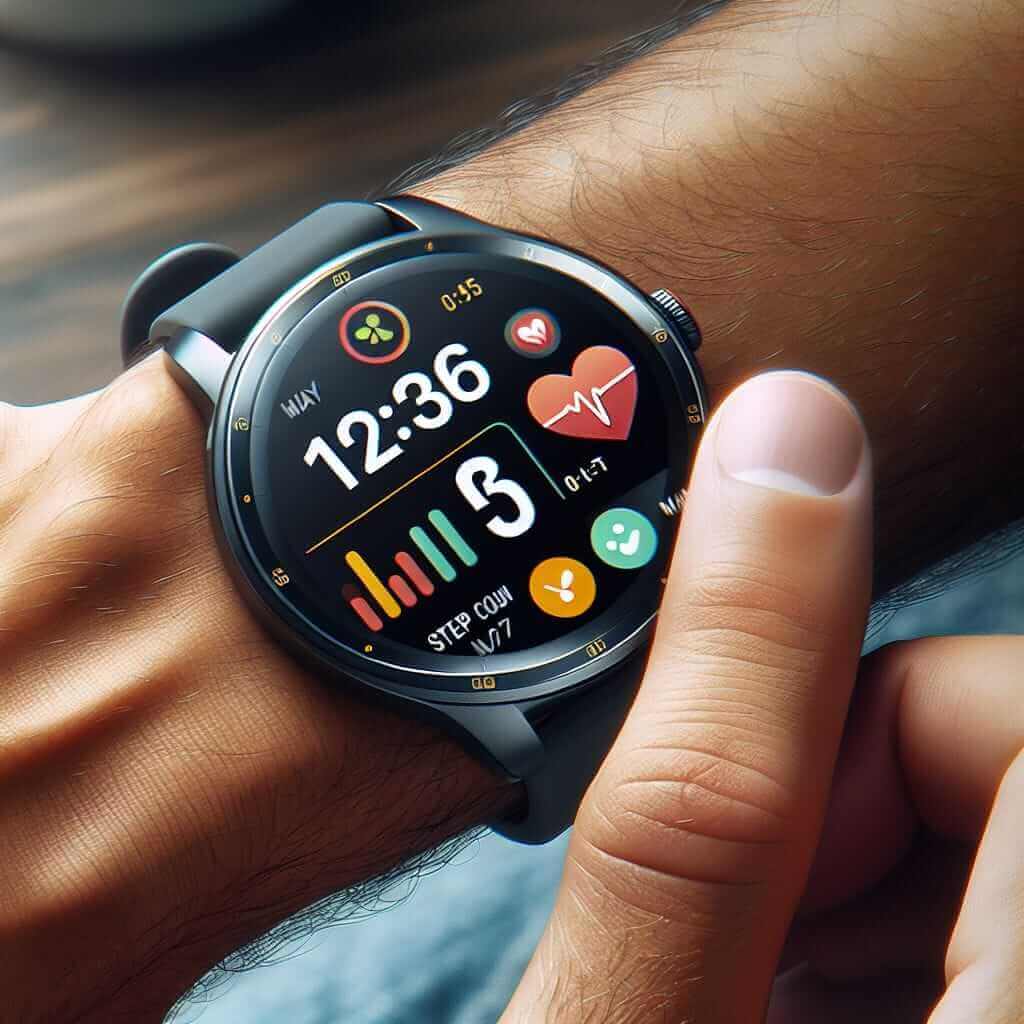The IELTS Speaking test is designed to assess your English communication skills. This test typically consists of three parts: Part 1 (Introduction and Interview), Part 2 (Long Turn), and Part 3 (Two-Way Discussion). In this guide, we will explore how you can effectively answer questions about “Describe a piece of technology that you find useful”, which is a common topic in IELTS Speaking tests. We will provide example questions, suggested answers, and detailed analysis to help you achieve a high score.
Part 1: Introduction and Interview
In Part 1, the examiner will ask general questions about yourself. Here are some example questions that may appear:
- What technology-related gadgets do you use daily?
- How has technology changed your daily routine?
- Do you think you could live without technology?
Example Question and Suggested Answer
Question: What technology-related gadgets do you use daily?
Answer:
“I use several gadgets on a daily basis, but the most crucial ones for me are my smartphone and my laptop. My smartphone enables me to stay connected with friends and family, as well as manage my schedule and tasks efficiently. Meanwhile, my laptop is essential for my work and studies. It allows me to conduct research, write papers, and communicate with colleagues and professors.”
Analysis: This response covers a broad range of gadgets while emphasizing their importance in the speaker’s life. Key phrases like “enables me to stay connected” and “is essential for my work” help to convey the significance of these technologies, leading to a more compelling answer.
Part 2: Long Turn
Cue Card
Describe a piece of technology that you find useful. You should say:
- What it is
- When you got it
- How often you use it
- And explain why you find it useful
Suggested Answer
“The piece of technology that I find extremely useful is my smartwatch. I first got it about two years ago as a birthday gift from my parents. I use it daily, especially when I go for my morning runs or workouts. The smartwatch offers a myriad of features, such as tracking my physical activities like steps and heart rate, enabling me to receive notifications from my smartphone, and even helping me manage my time more effectively by setting reminders. What I appreciate the most about the smartwatch is its ability to motivate me to maintain a healthier lifestyle. It constantly reminds me to stay active and provides detailed insights into my fitness progress.”
Analysis: This response provides a detailed and cohesive narrative about the smartwatch. The use of specific functions like “tracking my physical activities” and “receiving notifications” adds depth to the description. Phrases such as “manage my time more effectively” and “motivate me to maintain a healthier lifestyle” help to highlight its utility comprehensively.
Follow-up Questions and Suggested Answers
Question: How do you think smartwatches will evolve in the future?
Answer: “I believe that smartwatches will become even more advanced, incorporating more health-monitoring features like blood glucose tracking and stress level monitoring. Additionally, they may offer improved battery life and better integration with other smart devices, creating a more seamless technology ecosystem.”
Part 3: Two-way Discussion
Example Questions and Suggested Answers
Question: How has the development of technology affected our lives positively and negatively?
Answer:
“Technology has had a profound impact on our lives in both positive and negative ways. On the positive side, it has revolutionized communication, making it easier to connect with people across the globe. It has also enhanced productivity by providing tools that help us perform tasks more efficiently. However, there are negative aspects as well, such as decreased face-to-face interactions and the potential for technology addiction. Balancing the use of technology in our daily lives is essential to mitigate these negative effects.”
Analysis: This answer provides a balanced view, acknowledging both the benefits and drawbacks of technology. The phrases ‘profound impact‘, ‘revolutionized communication‘, and ‘technology addiction‘ illustrate a deep understanding of the topic, which is likely to impress the examiner.

Vocabulary and Phrases for a High Score
-
Revolutionize (verb) [ˌrɛvəˈluːʃəˌnaɪz]
- Definition: To completely change something so that it is much better
- Example: “The introduction of smartphones has revolutionized how we communicate.”
-
Seamless (adjective) [ˈsiːmləs]
- Definition: Smooth and continuous, with no apparent gaps or spaces between one part and the next.
- Example: “The seamless integration of new technology into our lives has improved efficiency.”
-
Profound (adjective) [prəˈfaʊnd]
- Definition: Very great or intense
- Example: “The profound impact of technology on education is undeniable.”
Examiner’s Tips
- Practice Regularly: Consistent practice will help you become more familiar with the test format and improve your fluency.
- Use a Variety of Vocabulary: Try to use advanced vocabulary and phrases to showcase your language proficiency.
- Stay Calm and Confident: Nervousness can affect your performance. Stay relaxed and confident during the test.
- Listen Carefully: Make sure you understand the questions before answering. Ask for clarification if needed.
For further practice and tips, you may find these resources helpful:
By following these guidelines and practicing diligently, you can greatly enhance your chances of scoring high in the IELTS Speaking test.